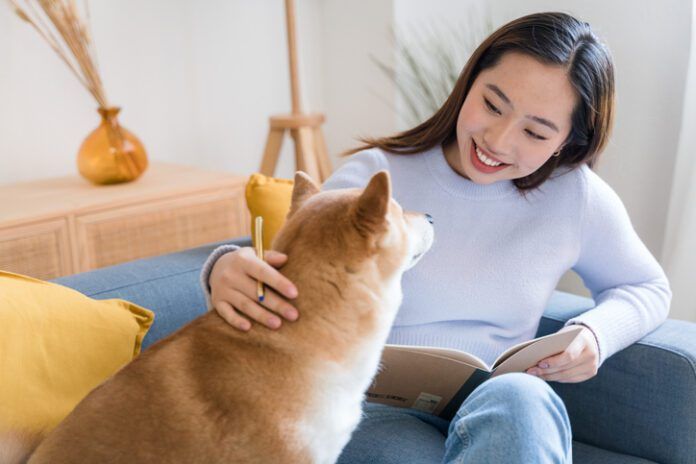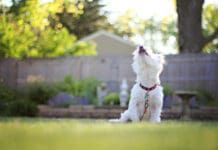Edited by Debra F. Horwitz, DVM, DACVB and John Ciribassi, DVM, DACVB with Steve Dale
This means using everyday situations to train and continually strengthen good manners—without spending a lot of time on dedicated dog training sessions. It boils down to this: Whatever the dog wants, don’t give it away for free. Don’t open the door just because the dog paws at it; don’t throw the ball just because he barks at you. For those and countless other privileges, ask the dog to say “please” first by doing something like sitting quietly.
The benefits of this approach are many. For one thing, good manners become part of everyday routines rather than something the dog is asked to do only in special training situations. Your dog also learns a degree of impulse control. He realizes that not immediately acting on impulse, but rather stopping to consider alternative options, can be rewarding. Training also becomes linked in the dog’s mind to all his favorite activities: he will sit for having his leash put on for a walk, he will comply with a request before being invited onto the couch, he will have to look a t you before getting his breakfast or a chew toy, and he will release the ball before tossing it again, and playing fetch with you. When all good things must be preceded by responding to a cue that you give, your dog quickly learns to behave politely.
The goal isn’t to seek the perfect obedient response to “sit” or “stay”; it simply teaches your dog to say “please.” If the dog puts his bottom to the floor, the item or attention will be provided. Soon it becomes second nature, and your dog might default into a “sit” behavior instead of jumping or pawing at you. You can then decide whether to ask for an additional behavior, such as a “down” or “look.” This is also a safety precaution: if your dog defaults into a sit position everytime you get ready to open the car door, he will not bolt out and possibly get hurt. IF he sits to have his leash put on, he will not run around and you will not have to chase him. This makes taking the dog out a pleasure instead of a struggle. Use a “please” action before:
- Throwing a ball, Frisbee, etc.;
- Handing over a toy;
- Putting the food bowl down;
- Giving a treat or chew toy;
- Opening a door;
- Clipping on a leash to go for a walk;
- Taking off a leash at the park or beach;
- Delivering a belly rub or a good ear scratch;
- Allowing the dog into or out of the car.
For additional advice on understanding your dog’s behavior, purchase Decoding Your Dog from Whole Dog Journal.






